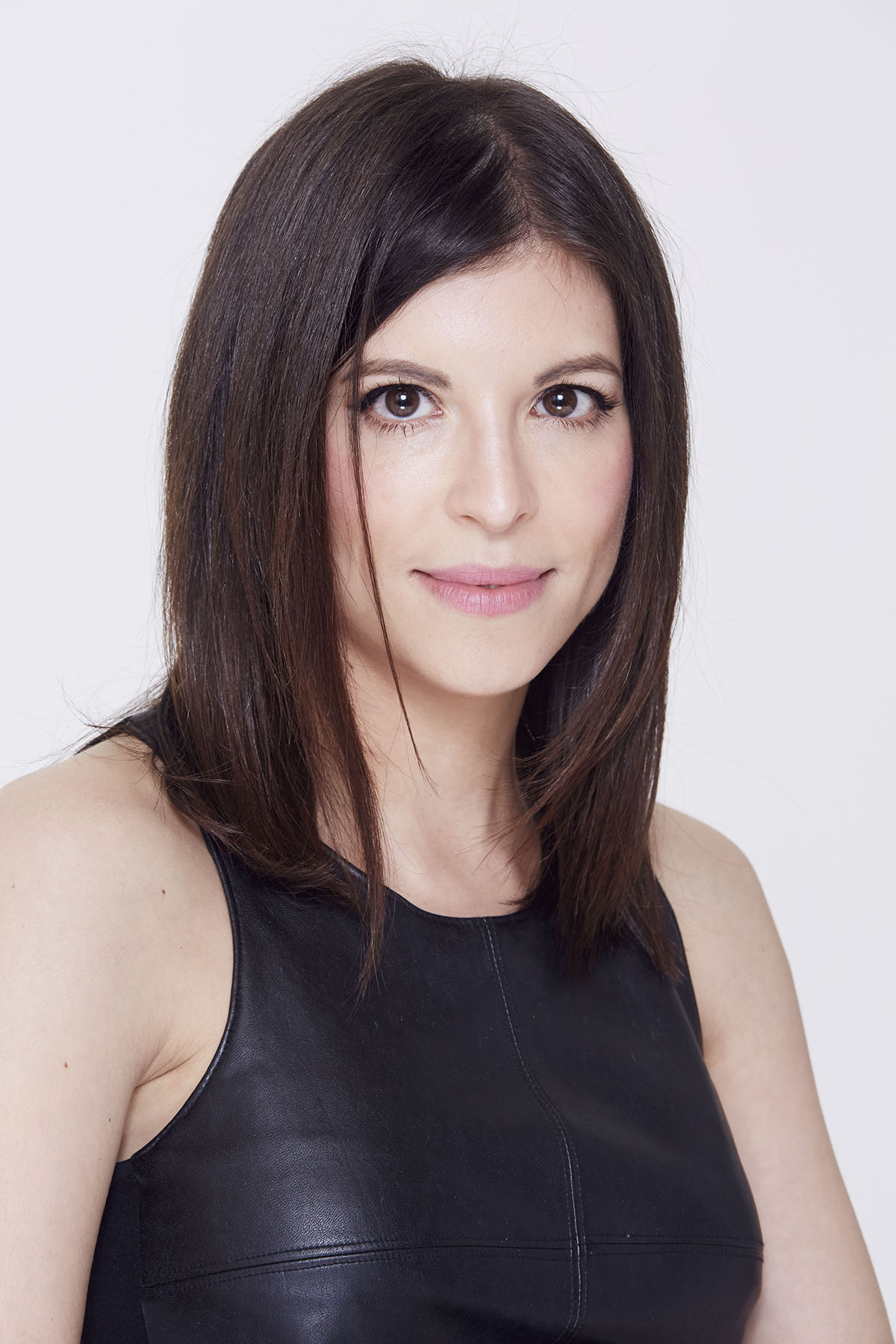Even if we know how important it is to regularly unplug from technology and recharge our own batteries, the architecture of our modern lives doesn’t make it easy. We love our phones, our screens, our devices and what they allow us to do. We value the convenience and connection they’ve brought to modern life. But having the world at our fingertips, and in our pockets, has accelerated the pace of our lives unlike ever before. And it’s brought a whole new universe of temptations, notifications, and alerts that often make it seem like we’re living in service of our devices rather than leveraging their tools to make our lives better. If we struggled to set boundaries before, the COVID-19 pandemic has only heightened the challenge; if we thought working from home would make it easier to disconnect from email and all the apps that connect us to the stress of our workdays, well, we were wrong.
To understand just how dependent many of us have become on our devices, consider an experiment conducted by researchers at Harvard and the University of Virginia. They gave people a choice to be alone in a room, without anything—no devices, no papers, no phones—or get an electric shock. A whopping 67 percent of men and 25 percent of women chose the electric shock.
WORKDAYS THAT DON’T END
If you’re accustomed to dashing off late-night work emails, or if you’re one of the 86 percent of Americans who check email, texts, and social media constantly or often, you know: our relationship with technology makes it especially hard for us to declare an end to our workday.
Consider the case of Elon Musk, the visionary founder and CEO of Tesla. In November 2018, Musk tweeted that “nobody ever changed the world on 40 hours a week.” But speaking to the New York Times about his 120-hour workweeks, he was frank about the cost of his always-on existence: “There were times when I didn’t leave the factory for three or four days—days when I didn’t go outside. This has really come at the expense of seeing my kids. And seeing friends.”
This way of working and living isn’t just a Silicon Valley phenomenon. As Claire Cain Miller writes in the New York Times, “Overwork (or at least time in the office or online, regardless of whether much work is getting done) has become increasingly common in more jobs,” including “any job in which someone’s manager stays late or sends emails on weekends and expects employees to follow suit.” Thanks to technology, workers are more reachable than ever. When it’s so easy to stay connected, even sick days—which in theory should involve no work and be dedicated to rest and recovery—have a way of becoming sick-but-I’ll-be-online-and-working-from-home-so-I’m-not-really-off days. Data from LinkedIn found that workers took an average of just 2.5 sick days in 2018. And the World Economic Forum reports that “presenteeism,” or showing up at work despite being unwell, is on the rise.
Even when we do take time off, technology has a way of pulling us back in. According to a study from the US Travel Association, only 37 percent of senior executives say they fully disconnect from work while on vacation, even though 95 percent said they’re aware of the benefits of unplugging. In other words, there is a major gulf between what we know we should be doing and what we actually do. With our smartphones keeping us connected to the work we’ve ostensibly left behind, it’s no wonder that 58 percent of workers feel absolutely no reduction in stress from their vacations, and 28 percent return even more stressed than they were before they left, according to a study by Fierce, Inc., a company that provides leadership development and training.
THE TRUTH ABOUT TECH CREEP
While technology has made it harder than ever for us to set boundaries with our jobs and to create the time and space we need to recharge, our hyperconnectivity isn’t just a work issue. We’ve given technology the front seat—the guest-of-honor status, really—in every aspect of our lives. Our phones follow us into the kitchen, the bedroom, the bathroom; they tag along during our commutes and doctors’ appointments. They’re the third wheel on dates, the intruding party-crasher during family time and all our social interactions.
Simply put, when we don’t set boundaries with technology, we pay a price. Take sleep: our phones are repositories of everything we need to put away to allow us to sleep—our to-do lists, our inboxes, our anxieties. Plus, the blue light they emit suppresses melatonin, the hormone connected to sleep regulation. When it comes to mental health, there’s plenty of research suggesting a link between heavy social media use and depression, especially in young people.
And being tethered to our devices can negatively affect our relationships and ability to connect with others. For example, a Pew study found that 89 percent of phone owners said they’d used their phones in their last social gathering, and 82 percent felt that when they do this it damages the interaction. It’s gotten so bad that the phone doesn’t even need to be turned on for it to negatively affect our relationships. Another study found that when two people are in a conversation, the mere presence of a phone can have, as the authors write, “negative effects on closeness, connection, and conversation quality.” The mere presence of mobile phones can create a psychological hindrance.
Until 2019, when she joined Instagram, the award-winning actress and producer Jennifer Aniston was one of the last remaining social media holdouts in Hollywood. On the “Thrive Global Podcast,” she spoke about her decision to abstain and mused about a time when our lives didn’t revolve around our phones. “If Friends was created today, you would have a coffee shop full of people that were just staring into iPhones,” she said. Our brains are wired to respond to stimuli, and few things are more stimulating than the pings and buzzes from our devices.
Research shows that people check their device every six and a half minutes—about 150 times a day. Even when we recognize that scrolling through social media is stressing us out, we cope with that stress by switching to another section of the same platform or app instead of just backing away from our phones, according to a study of Facebook users published in Information Systems Journal.
The ever-increasing creep of technology into our every waking moment makes it more challenging for us to renew and replenish ourselves, and it can just as easily strain our relationships. A lexicon has even emerged, pointing to how big the problem is. “Phubbing,” for instance, refers to snubbing a partner in favor of your phone. In one Baylor University study that asked 175 men and women questions about their partners’ smartphone use, 46 percent of respondents reported being phubbed by their partner. Phubbing has been linked with higher levels of relationship conflict. In a study published in the journal Psychology of Popular Media Culture, nearly three-quarters of women in committed relationships said that smartphones were negatively impacting their relationship and 62 percent said they contributed to spending less time with their partner.
HOW BURNOUT TAKES HOLD
Judging by our behavior, our relationship with our devices is the most important relationship we have. We’re all exquisitely aware of the recharging routine of our phones, how often we need to do it, how long it takes, how long we can go without recharging it, where the nearest outlet is. We set up recharging shrines in every room in our homes, as well as in our cars and offices. If only we were this acutely attuned to our own recharging needs!
When our bodies send us signals that we’re exhausted, stressed, or depleted—whether mentally, emotionally, or spiritually—instead of taking a break from technology or work to recharge our batteries, we push through. The effects of hitting Snooze on these warning signals can be seen in the prevalence of burnout—a phenomenon that’s existed for ages but that the World Health Organization (WHO) officially acknowledged in 2019 by adding it to its International Classification of Diseases. According to WHO, burnout stems directly from “chronic workplace stress that has not been successfully managed.” And it isn’t an uncommon problem: a 2018 Gallup study of nearly 7,500 full-time employees found that 23 percent of employees reported feeling burned out very often or always.
Despite burnout’s very real costs, many of us don’t take steps to address it. There’s a collective delusion that burnout is simply the price we must pay for success. In a New York Times op-ed, “You Are Doing Something Important When You Aren’t Doing Anything,” Bonnie Tsui captured this well. Taking time for rest and renewal “can make us feel out of step with what the prevailing culture tells us,” she wrote. “The 24/7 hamster wheel of work, the constant accessibility and the impatient press of social media all hasten the anxiety over someone else’s judgment. If you aren’t visibly producing, you aren’t worthy.” According to the logic of hustle culture, any time spent not working or being plugged in is simply time wasted. But in reality, the burnout symptoms identified by the WHO—depletion and exhaustion, negativity and cynicism, reduced professional efficacy—are sure-fire recipes for failure, not success. In Rest: Why You Get More Done When You Work Less, Alex Soojung-Kim Pang shows us that the secret behind the breakthroughs by many of history’s most creative authors, scientists, thinkers, and politicians is that they were very serious and disciplined about taking time to rest. That’s because people perform better—and can stay in the game longer—when the work process includes time for unplugging and recharging.
Adapted from “Your Time to Thrive: End Burnout, Increase Well-being, and Unlock Your Full Potential with the New Science of Microsteps,” by Marina Khidekel and the editors of Thrive Global.


